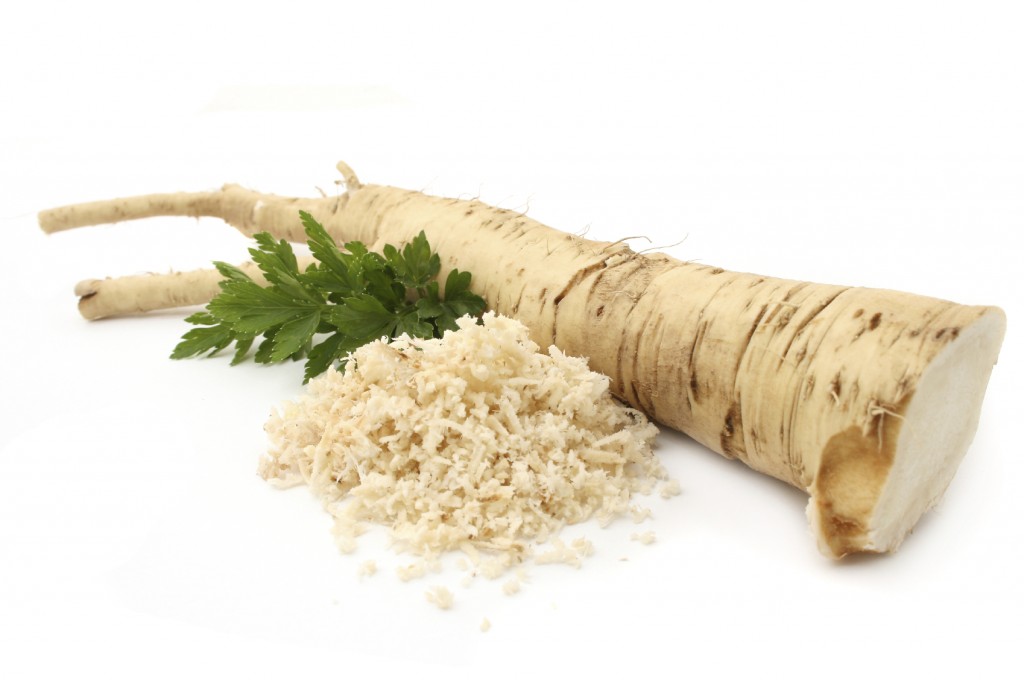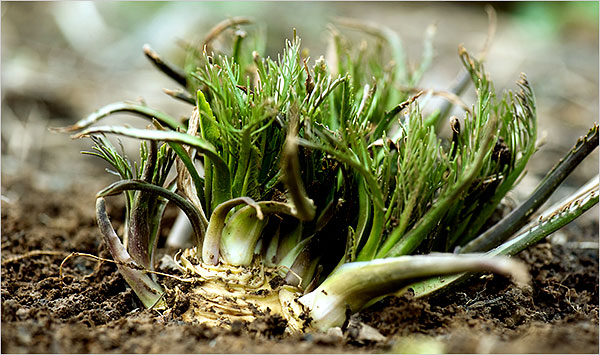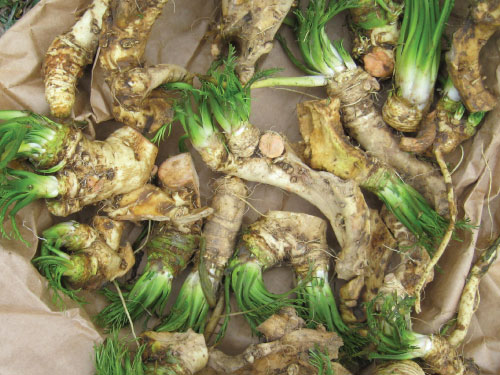Why You Should Consider Growing Your Own Horseradish
Horseradish isn’t usually the first thing that comes to mind when starting a garden, but it is one of those vegetables that can compliment many recipes rather nicely. You can also process it into a condiment in order to add some heat to meals. Horseradish can also be processed in a number of different ways and stored over the long-term as well. Finally, horseradish is a very hearty and tolerant vegetable, and they can be grown in a wide range of climates with minimal effort. Let’s take a closer look at the basics of growing horseradish, and see how easy it is to incorporate it into your garden this season.
Ideal Growing Conditions
Horseradish can be planted as early as a few weeks before the last frost, and they are generally ready to be harvested in the fall or early winter. You can stagger planting times in order to give yourself access to a longer harvest at the end of the season as well.
While horseradish can thrive under a broad range of conditions, they require proper soil in order to thrive. The plants are indigenous to silty, mucky soils that are found near rivers and streams, so planting them in similar soil is essential. Horseradish also thrive in clay or soils that contain a good amount of sandy loam which is pH neutral. The soil also needs to be kept moist, almost to the point of saturation.
Some species of horseradish need a season to become established before they can be harvested for food. Consequently, make sure that you are choosing a variety that suits your timetable, but it’s also important to choose one that will yield the optimal amount for your needs as well. You can also grow more than one species, and this will give you access to an early harvest while the others become established and available next year.
Aside from providing the right soil conditions and keeping the plants moist, horseradish require minimal care and maintenance. Keep weeds away, trim off damaged leaves, and prune burrs or flowers in the spring time as new shoots emerge. Other than that, horseradish just need time, and a lot of it. Expect harvests to be ready after the leaves on the plants start dying off after the first few frosts in the fall.
Harvesting
Horseradish is a root vegetable, and you can take a portion of the roots for consumption, storage or re-planting while leaving the rest of the plant intact. When ready to harvest, simply loosen the soil around one side of the plant and gently rock it back and forth until it can be leaned over or lifted up. Break off some of the roots before setting the plant back and covering it with the soil. These are perennial plants that will regenerate and grow for years after they become established. You can also harvest some of the root in the spring after the soil begins to thaw.
You don’t need a lot of plants to create a steady supply that will be more than enough for the average family, and they don’t require a lot of space to grow. Learn more about how you can process, store and enjoy horseradish, and you’ll quickly discover how this vegetable makes the perfect compliment to any survival garden.



